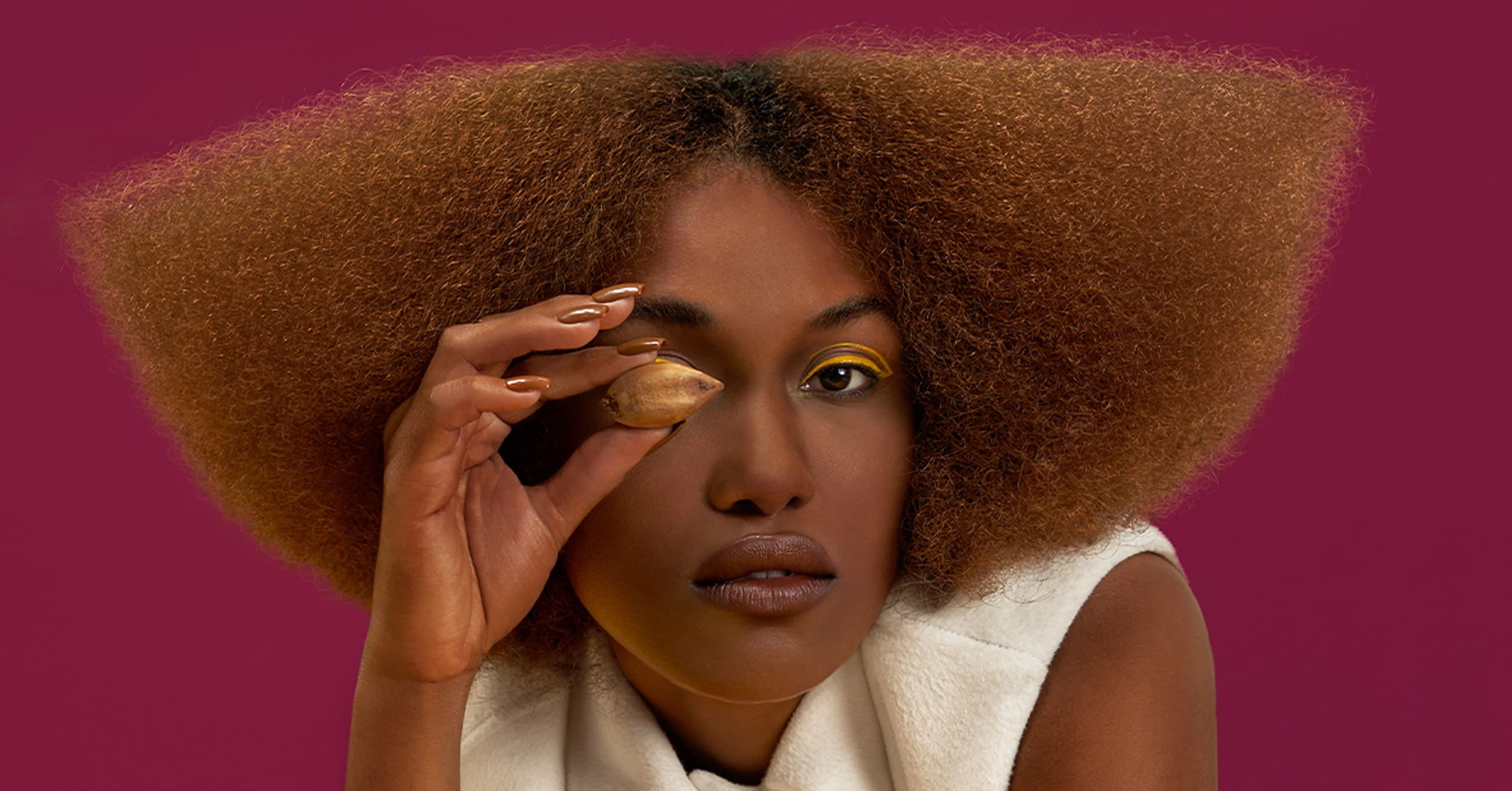Photo by Cenon at Mav
Photo by Cenon at Mav
As Filipino cuisine continues to have its moment, so should our own superfoods.
“There’s room for the Philippines to be known as a country that produces sustainable and healthy cuisine,” says Rica Dakudao Buenaflor, Le Cordon Bleu-educated chef and Bicol-based founder of local food brand Que Rica. Here, we examine three distinctly Filipino superfoods that possess that potential to be a vehicle of nutrition as much as it is of flavor.
Good Carbs
Incredibly high in antioxidants, forbidden rice (named as such they used to be reserved only for royalty) retains the vitamins, minerals, and fiber not found in polished white rice. “It’s a source of complex carbohydrates that doesn’t raise our blood sugar and doesn’t provoke the pancreas to create excess insulin,” says Jaime Galvez Tan, MD, MPH and chairman of the Health Futures Foundation Inc. of the rare rice variety thankfully now unrestricted from the general public.
Green Goddess
“Malunggay was my introduction to superfoods,” remembers Dakudao Buenaflor, outlining her consumption of moringa as a mother aware of the functional green’s lactation benefits. An elite source of vitamins and minerals (protein, iron, vitamin A, vitamin B6, vitamin C, magnesium to name a few), the plant is also rich in antioxidants that may help against diseases like Type 2 Diabetes. It is a mainstay in Dakudao Buenaflor’s diet even so far as preparing malunggay pesto with pili, another Filipino superfood steadily rising in popularity, instead of pine nuts.
Known across the country as a backyard plant, malunggay has become a staple in Filipino dishes such as tinola and ginataan. “It’s a functional food,” offers Dr. Galvez Tan, detailing his recipe called “enselada Filipina” (Filipina salad) that contains talbos ng kamote (sweet potato sprout), kangkong (water spinach), dahon ng sili (chili leaf), saluyot (jute leaves), and, of course, malunggay. These, he says, are packed with nutrition to increase immunity and promote health.
Better Rice
In 2015, Renee Araneta Perinne together with Hinelaban Foundation (of which she is a co-founder) visited a Tagolowanen community in Malaybalay, Bukidnon to distribute food to tribal communities affected by a prolonged drought. It’s where they first encountered adlai—“just like rice, but better,” was a statement offered in Binukid dialect by members of the community that gifted the unmilled grain to the foundation.
A superfood that is high in protein and provides carbohydrates needed for energy without the high glycemic index, the gluten-free grain is also touted to be high in fiber and calcium. It was later introduced at the Madrid Fusion Festival in 2017 as an indigenous grain. Adlai received praise from local and international culinary luminaries as a healthier alternative to rice that celebrates the country’s culinary heritage.
This story originally appeared in Vogue Philippines September 2022 Issue
